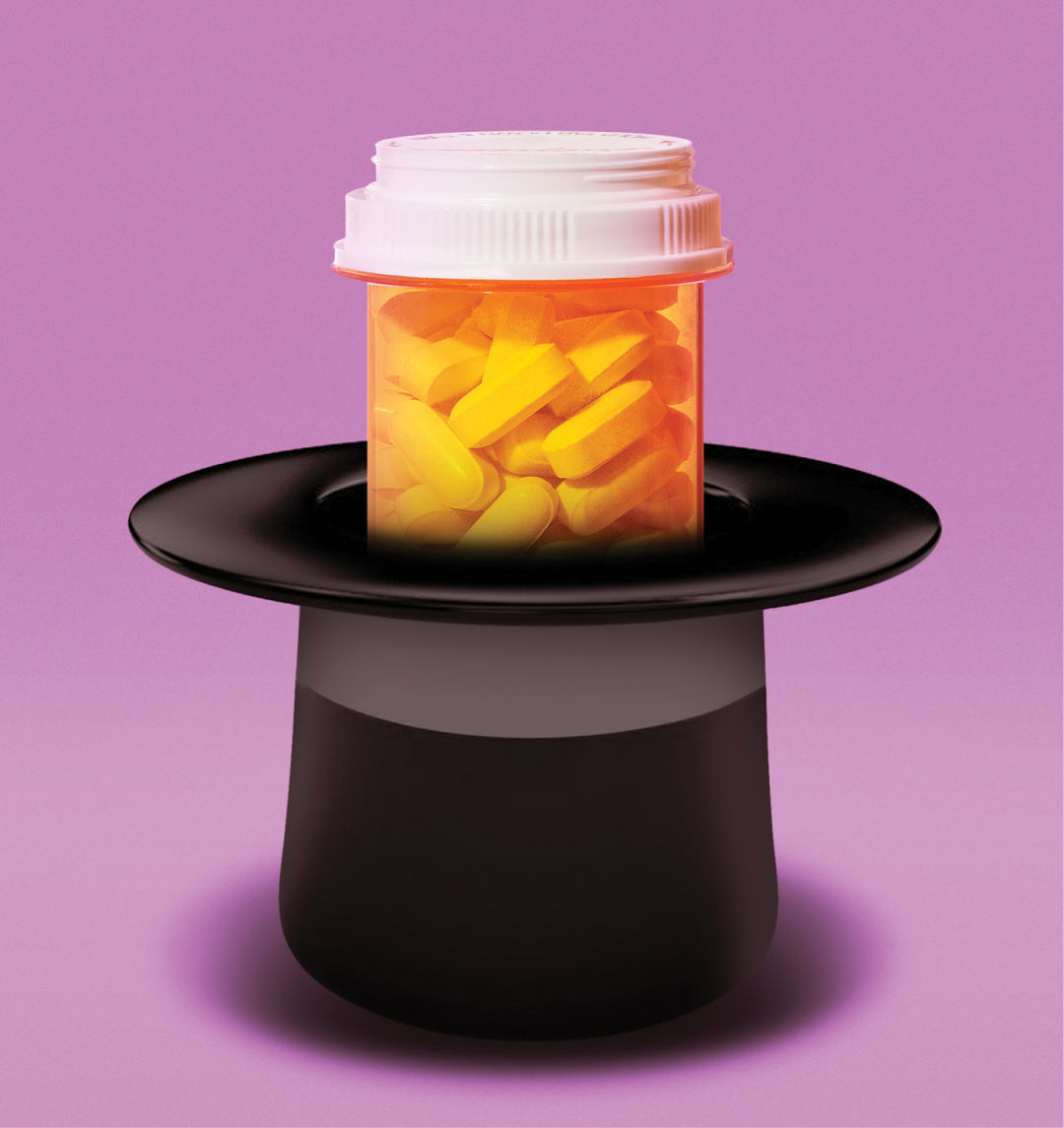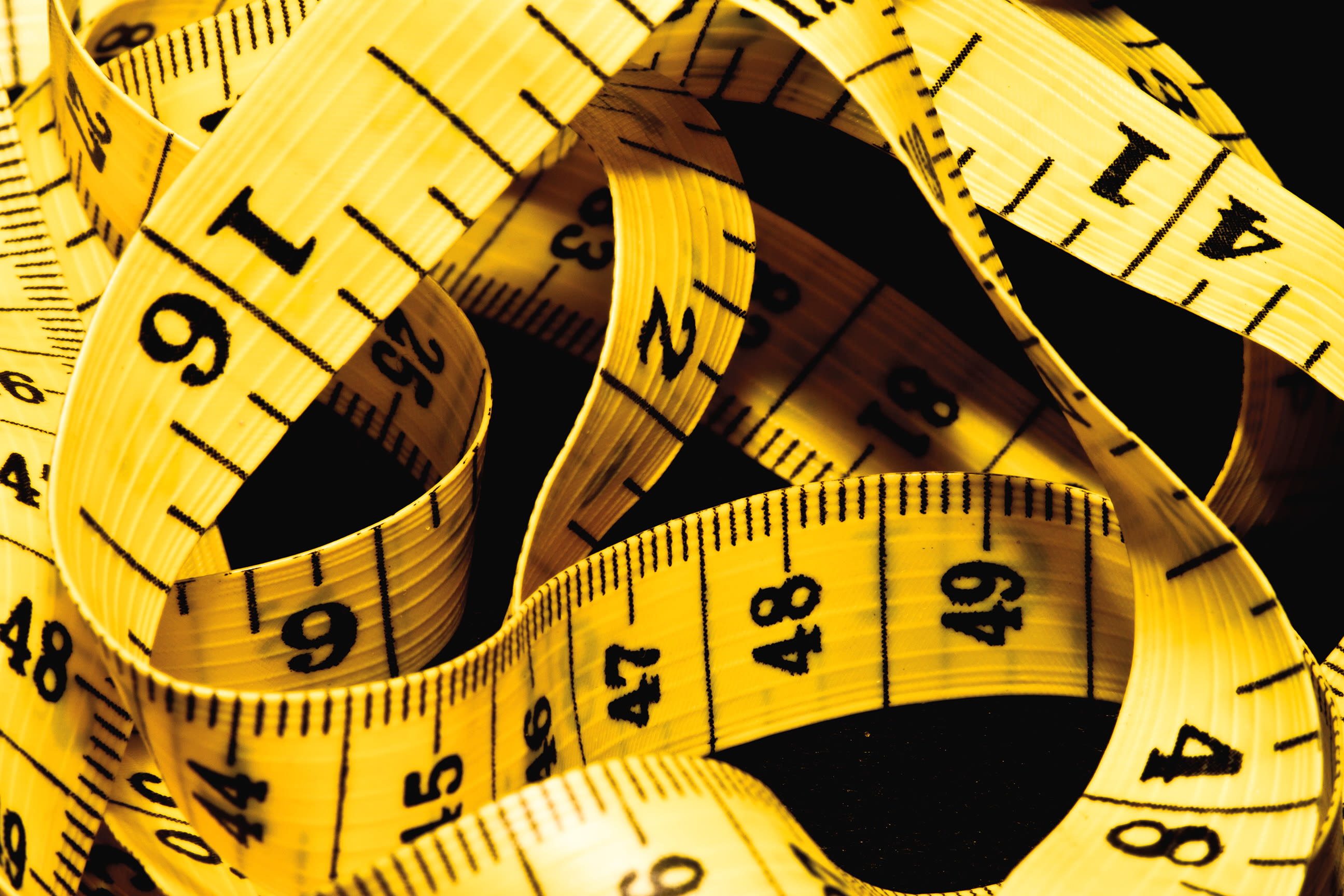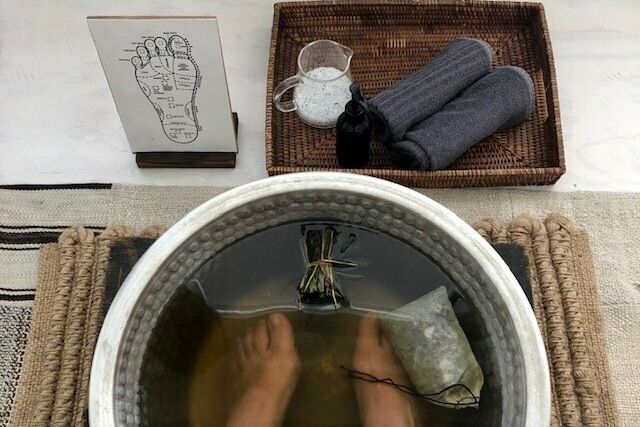A New Book Looks Back at Medical Quackery

Image: Matt Chase
A dried pea inserted under the skin. Radioactive drinking water. Potions of powdered sow’s dung and goose semen. And a nice lentil poultice—for the rectum. All of these: prescriptions for what ails ye, from bad humors to labor pains. At least, in times past. Radon water was all the rage in the 1910s, while that goose juice came courtesy of Pliny. The lentil poultice? From Hippocrates.
In Quackery: A Brief History of the Worst Ways to Cure Everything, Oregon coauthor Nate Pedersen—a librarian from Bend with an abiding interest in questionable medicine—compiles an encyclopedia of bunkum that runs from strychnine energy drinks to mercury steam baths (for syphilis!) and the origin of the phrase “blow smoke up your arse.” Pedersen’s book, out this month from Workman Publishing, aims to entertain—while also illuminating the vital role that snake oil can play in the development of better medicine. Pedersen visits Powell’s on Hawthorne at 7:30 p.m. October 19.
Food Trauma
Pedersen cowrote the book with Omaha writer Lydia Kang; as they researched, Kang compiled a list of the foods that she’d had to suspend eating because of their association with old treatments. The list grew to 16 items, and included flan (lobotomy), watermelon (enemas), and jelly beans (cauterization). Also, of course, lentils and peas.
Starvation, Washington
The Pacific Northwest is no stranger to humbuggery. Take “breatharian” Linda Hazzard, who in the early 1900s ran a sanitarium on the hills above Olalla, Washington, near Tacoma. Known as “Starvation Heights” by locals, the facility preached extended fasting mixed with a bit of tomato juice and lots of enemas. People died—including the mother of Ivar Haglund, the man called the king of Seattle’s waterfront, who started a restaurant mini-empire when he opened Ivar’s Acres of Clams.
He Who Quacks Last
Pedersen says it’s easy to poke fun at our ancestors, but quackery continues to thrive alongside human hope and gullibility. (One word: Goop.) Says Pedersen: “It’s not too hard to imagine a 1920s version of ourselves lining up outside a special clinic in Algiers to receive our monkey gland testicle implants.”




